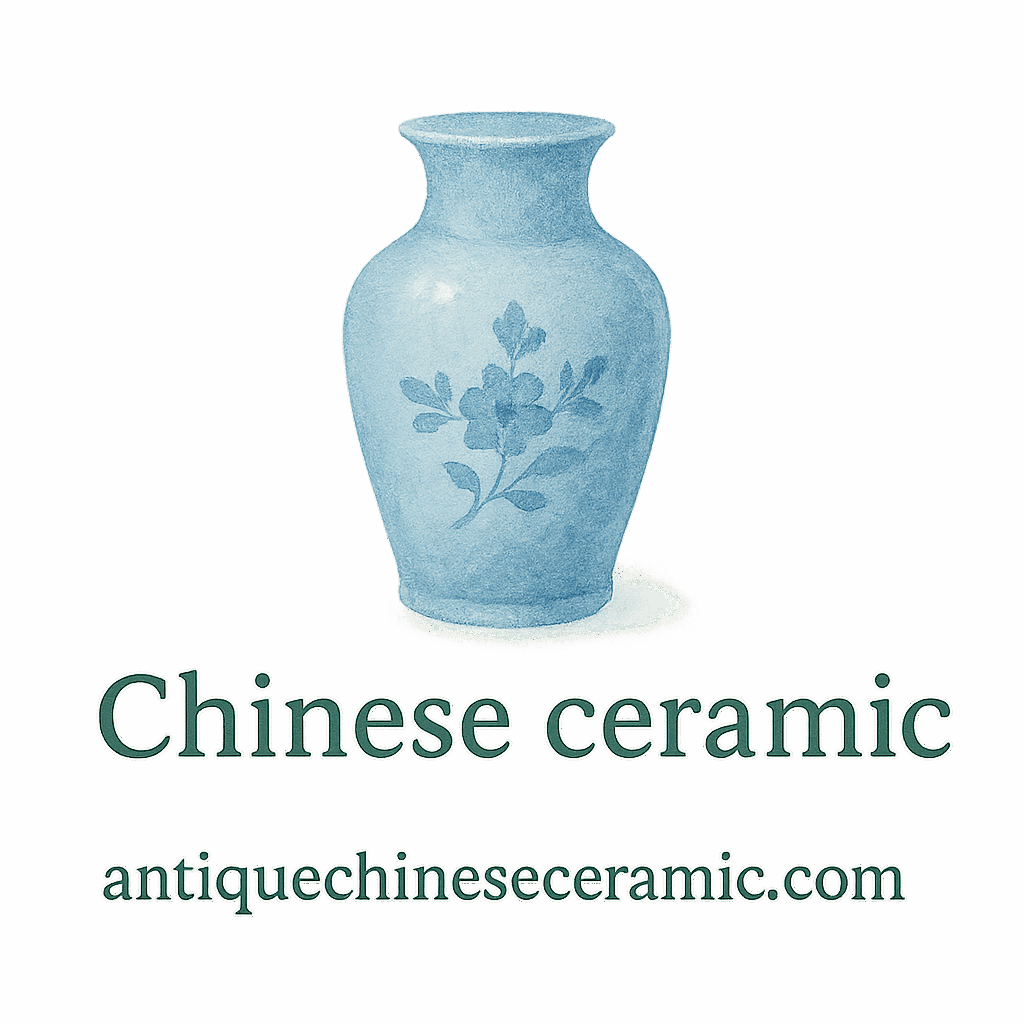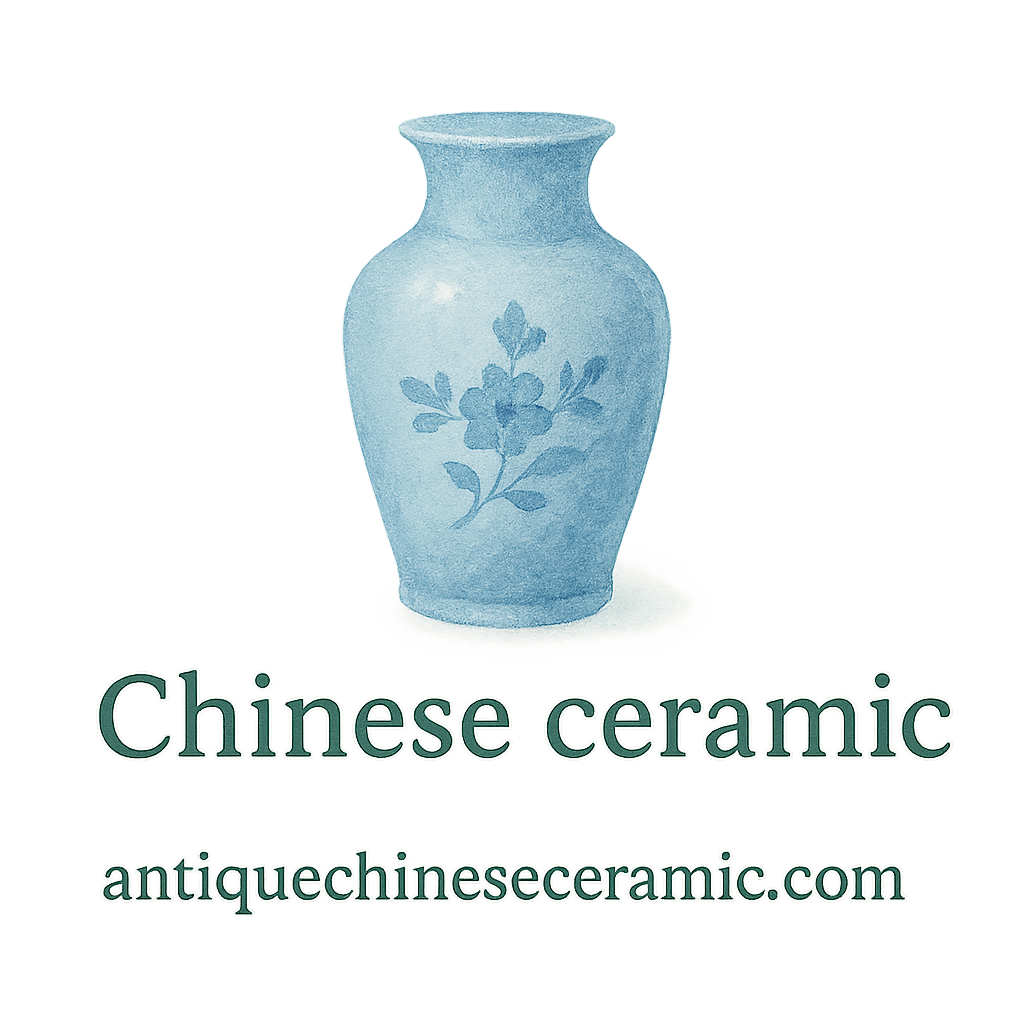Introduction
Have you ever been tempted to grab a bottle of cleaner and scrub down that dusty antique ceramic you just picked up? We get it—it’s natural to want to make things look their best. But when it comes to antique Chinese ceramics, using chemicals can do far more harm than good. These delicate pieces hold centuries of history, and improper cleaning methods can strip away more than just dirt.
In this post, we’ll break down the top six reasons why you should avoid using chemicals on antique Chinese ceramics—and what you should do instead. Stick around, especially if you value authenticity, preservation, and long-term value.
1. Chemical Reactions Can Damage the Surface
How Chemicals Interact with Antique Glazes
Modern cleaning chemicals weren’t designed with ancient glazes in mind. The glaze on antique Chinese ceramics is often porous, uneven, and centuries old. Introducing harsh chemicals like bleach, ammonia, or even some household cleaners can cause chemical reactions that weaken or stain the surface.
These interactions can dull the shine, alter the original finish, and even discolor the glaze—completely changing the aesthetic and historical value of the piece.
Want to learn how to identify glaze types? Visit our Identification Guide.
Case Studies of Damaged Ceramics
Collectors and museums have documented cases where once-beautiful ceramics became irreparably damaged due to chemical cleaning. One such case involved a Qing Dynasty vase that developed surface pitting after being exposed to a common glass cleaner.
2. Loss of Historical Integrity
The Value of Preserving Authenticity
Authenticity is everything in the world of antiques. Once you remove the patina or alter the appearance with chemicals, you’re effectively erasing part of its story. This can be a major red flag for collectors and appraisers.
According to experts, signs of age—like discoloration, faint grime, or mineral deposits—often serve as evidence of authenticity.
Dive into more historical context at our History of Chinese Ceramics section.
How Chemical Cleaning Alters Appearance
Not only can chemical cleaning fade colors, but it can also dissolve painted designs, especially those that were hand-applied. That Ming dynasty motif might just disappear under the wrong cleaner.
3. Chemicals May Leave Residue
Long-Term Impact of Chemical Residue
Even if the chemical doesn’t cause immediate visible damage, residues can linger and continue to degrade the ceramic over time. Moisture and air can react with these residues, leading to further deterioration.
Interested in proper storage? Visit Care & Preservation.
Invisible Damage: What You Can’t See Matters
Sometimes damage isn’t visible until it’s too late. Hairline cracks might expand, glazes might become brittle, and you could end up with a piece that slowly crumbles years later—all due to chemical residue.

4. Risk of Toxic Fumes and Exposure
Health Hazards for Collectors and Conservators
Many antique ceramics have porous surfaces that absorb substances. This means harmful chemicals can later release fumes into the air, posing health risks for both handlers and the environment.
This risk is even higher in enclosed spaces like display cabinets or storage rooms.
Want safe care methods? Check out our Preservation Tips.
Safer Alternatives for Cleaning
Use distilled water, a soft brush, and pH-neutral soaps instead. For more advanced care, seek professional advice or visit our full Care & Preservation guide.
5. Decreased Appraisal and Auction Value
How Condition Affects Valuation
The condition of an antique Chinese ceramic can significantly influence its value, especially during an appraisal or auction. Visible changes due to chemical use—such as faded glaze or surface cracks—often result in lower bids and reduced collector interest.
Visit our Valuation page to learn more.
Expert Opinions on Chemical Cleaning
Most experts agree: any sign of aggressive cleaning is a red flag. Professional appraisers can often tell when a ceramic has been tampered with, and that impacts how seriously they take the piece.
6. There Are Safer, Proven Alternatives
Recommended Methods by Experts
Preservation doesn’t mean you have to leave your ceramics dirty. Experts recommend dry dusting, soft brushing, and occasional cleaning with distilled water only.
Explore cleaning techniques used by museums and restorers.
Natural and Non-Invasive Cleaning Techniques
Here are a few safe alternatives:
- Use a soft, dry brush or microfiber cloth
- For stubborn grime, use a damp (not wet) cloth with distilled water
- Always dry thoroughly afterward
- Never submerge the ceramic in water
Bonus: What to Do Instead
Professional Help and Restoration
If your piece is in bad shape, consider consulting a ceramic conservation expert. These professionals know how to clean and restore without compromising historical integrity.
Start your search in our Collecting guide.
DIY Tips That Actually Work
- Always test on an inconspicuous area first
- Document the condition before cleaning
- Avoid sunlight exposure post-cleaning
- Store properly—read about storage methods
Conclusion
Your antique Chinese ceramics are more than just decorative items—they’re fragments of history. Cleaning them with harsh chemicals might seem like the easy way out, but it’s a shortcut that leads to permanent damage, health risks, and significant drops in value.
Instead, embrace preservation methods that honor the ceramic’s story, structure, and soul. Whether you’re a seasoned collector or just getting started, understanding the right (and wrong) ways to care for your pieces is key.
For everything else about antique ceramics—from history to storage—explore more at AntiqueChineseCeramic.com.
FAQs
1. Can I use vinegar to clean antique Chinese ceramics?
No, vinegar is acidic and can react with glazes, leading to dulling or etching of the surface.
2. What’s the safest way to clean an antique ceramic vase?
Use a dry, soft brush or a lightly damp microfiber cloth with distilled water.
3. How do I know if a ceramic is safe to clean?
Consult a professional or refer to our Identification guide before attempting any cleaning.
4. Is discoloration a bad sign?
Not necessarily! In many cases, discoloration is a sign of authenticity and age.
5. What should I do if I already used chemicals on a piece?
Stop immediately and consult a restoration expert for further steps.
6. Can chemical cleaning affect the ceramic’s auction value?
Absolutely. Improper cleaning is often noted by appraisers and can significantly reduce value.
7. Are there specific storage tips to avoid future damage?
Yes, store in a cool, dry place, and check out our storage tag for more.


